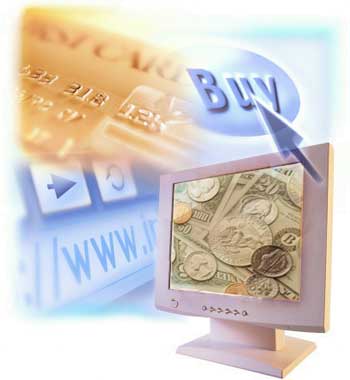First, before introduce corporate blog; we need to know that what blog is. Blog is published on the web, it reflect the interests, thoughts and opinions of the person. Blogs are characteristized by frequent update, an informal tone and many links to other blogs and websites.
However, corporate blog is a blog published by or with the support of an organization to reach that organization's goals. In external communications the potential benefits include strengthened relationships with important target groups and the positioning of the publishing organization (or individuals within it) as industry experts. Internally blogs are generally referred to as tools for collaboration and knowledge management.
Nowadays, corporations are increasingly looking for opportunities to make them stand out to maintain a competitive edge. Although traditional media serves as a solid medium that separate company messaging to the world, the trends of information consumption are evolving. After some initial hesitancy, corporations are slowly starting to realize that it is important t
o jump on the virtual bandwagon of blogging.
There are some company which is utilizing blogging to connect with their customer such as Intel, Cicso, and HP. These companies using blog to represent of the company’s values, beliefs, philosophy and direction, such as the blog allows current and potential consumers to associate the brand with a face and a personality. It bridges the distant gap that has existed between the “inaccessible” company and the “average” consumer.
Through the corporate blog, company also can built a community of people who are interested in their products and made contacts with customers that they would never have met. Besides that, it also allows the company to share their ideas and insight into their products so that the company can architect their product solutions.
Additionally, if the company involved in a medium that encourages a two-way conversation, it shows their consumers that the company care about their opinions. There is a person noted that blogging lets them communicate with their customers in a more personal and direct way. But more importantly, blogging gives them a much needed way for customers to communicate with them. Customers are able to interact with comments and potentially provide valuable feedback or insight that can be brought back into the business.”
On the other hand, corporate blog may cause of time consuming on updated, and can lead to legal pitfalls as well. In spite of this, some people may also use it to write negatively about the company which can lead to bad publicity.
In conclusion, corporate blogging is getting important because it bringing benefits to the corporation on deliver the message privately or publicly even though there is some disadvantage that may affect the reputation of the organization.
References:
http://www.problogger.net/archives/2008/10/15/a-guide-to-corporate-blogging/
http://www.corporateblogging.info/2004/06/corporate-blog-short-definition.asp






 This week I would like to introduce to you the "electronic currency". It is widely used in nowadays world. But what is electronic currency? And, what is it used for?
This week I would like to introduce to you the "electronic currency". It is widely used in nowadays world. But what is electronic currency? And, what is it used for?